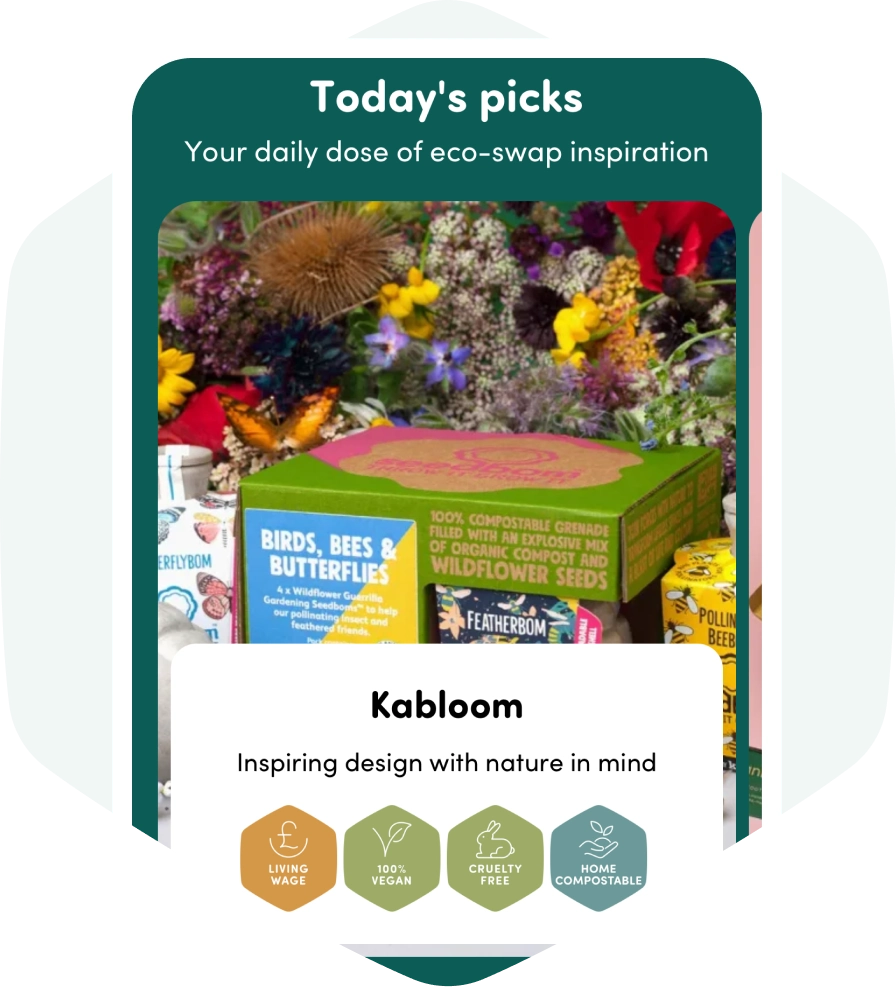Combating climate change is among the top priorities for the planet. How can the battle become more manageable? It starts with sustainable inventions across industries.
Here are seven recent green breakthroughs helping the environment and individual communities.
1. Coral Cooling
Pollution and overfishing have damaged coral reefs and threatened coastal regions. Biodiversity and food chains will be impacted if the planet loses these crucial species. However, researchers are fighting back with innovative solutions that cool the ocean and prevent coral bleaching.
At Georgia Tech University, students developed an artificial upwelling to bring cooler water from the bottom of the ocean. Coral in the shallower parts of the reef benefit from lower temperatures and reduce the risk of bleaching. The researchers said it could provide short-term relief for the ocean species and a low-cost solution for communities.
2. Carbon Capture
Diesel and petrol emissions harm the planet by sending greenhouse gases (GHGs) into the atmosphere. What if you could trap carbon dioxide (CO2) before it could do any damage? Scientists are developing new strategies through carbon capture, which could significantly reduce pollutants and mitigate climate change.
One of the most recent breakthroughs is direct air capture, which removes CO2 from the atmosphere. This strategy goes beyond carbon capture because you can use it in locations besides the emissions site. Once you store the gas, you can sequester it in rock formations or combine it with naturally occurring minerals.
3. Sustainable Wall Design
Green construction is a critical pillar for a better planet. New and retrofitted buildings need more intelligent designs to ensure comfort during hot summers and harsh winters. In 2024, Columbia University unveiled a zigzag design that reduces how much heat the walls absorb.
Zigzag walls are effective because of their asymmetric emissivity. In Columbia University’s study, building temperatures dropped by about 2.3 degrees Celsius despite the summer heat. The researchers said this design can benefit numerous climate conditions and provide passive solutions for energy efficiency.
4. Fibre-Reinforced Concrete
Concrete is another construction element that needs improvement. From heat islands to emissions, its environmental impact deserves scrutiny. However, the material’s future is brighter because of FORTA-FERRO, a macro synthetic fibre-reinforced concrete. This alternative heightens toughness and durability while enforcing sustainability.
FORTA-FERRO helps construction projects by extending the life of concrete structures. Fewer repairs and replacements mean less energy consumed and emissions produced. The environment also benefits from reduced traditional steel reinforcements, which increases resource efficiency and lowers the ecological footprint. Construction professionals have started to use FORTA-FERRO in bridges, tunnels and green buildings.
5. Highly Efficient Solar Panels
Solar panels have become more accessible for home renovations and commercial buildings. Dropping prices and increased industry knowledge allow homeowners to harness the sun’s energy and reduce their reliance on municipal energy grids. What’s the next step in solar power? University experts are increasing the potential of photovoltaic (PV) panels.
Researchers from the University of Surrey have stabilised drops in energy outputs, which can make solar panels less efficient. They used a nanoscale ink coating with aluminium oxide to improve performance and eliminate the typical limits. Human interaction is less necessary because these organic molecules assemble themselves and increase power output.
6. Lab-Grown Meat
Meat consumption increases GHG emissions, especially when you eat beef. Livestock production causes CO2 emissions and requires land for grazing, so better alternatives are necessary for your nightly dinners. Scientists may have found the answer through lab-grown meat, a more sustainable way to eat protein.
Lab-grown meat removes muscle cells from animals instead of killing them. Once the technician acquires the cells, they can harvest them in bioreactors for growth periods. They can then be transformed into steak, burgers, chicken nuggets and even fish. This meat alternative can reduce resource demand and make agriculture more sustainable.
7. Vertical Farming
Traditional agriculture involves growing crops in rows and using a lot of land for mass production. While such strategies have worked for generations, sustainable options like vertical farming have become more prevalent. This concept grows crops in horizontally stacked layers to utilise space efficiently and ensure year-round production.
Vertical farming typically occurs indoors, letting you control the temperature and humidity levels based on your crops. Therefore, you can easily overcome liabilities and reduce agricultural waste. A University College of London professor said vertical farming is still experimental, though the benefits will be more apparent as it enters the mainstream.
Innovating for the Sake of Healthy Lives
Each year, environmental innovations make the planet happier. From renewable energy to construction concepts, people have more tools to combat climate change and positively impact their communities. As the decade progresses, these tools will continue to evolve and help the environment. What’s next for sustainable technologies?
You may also like...
Sign up for our newsletter
Get the latest sustainability news delivered directly to your inbox.






